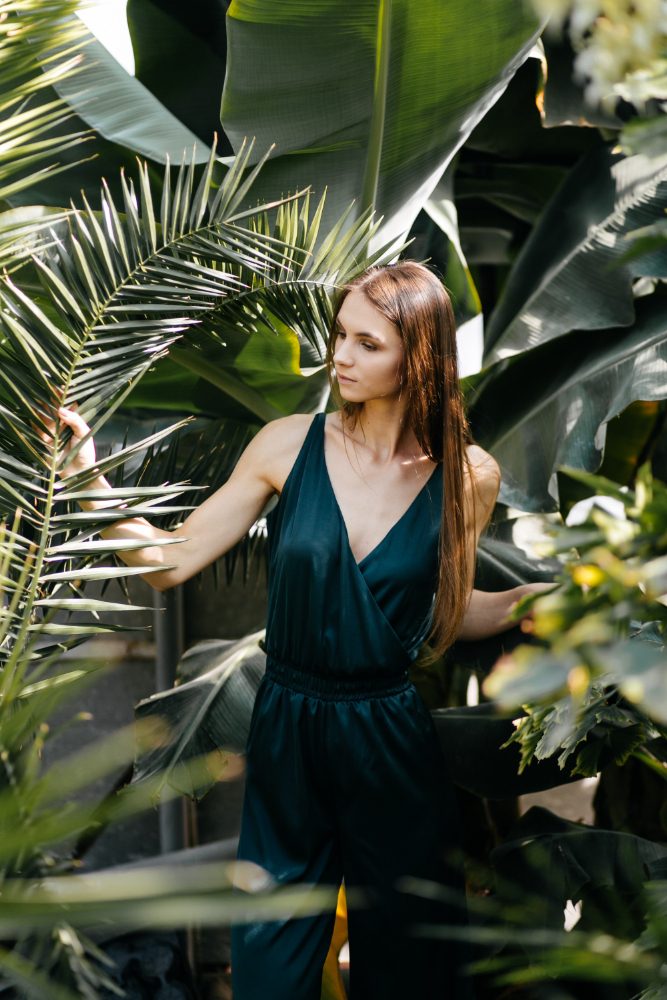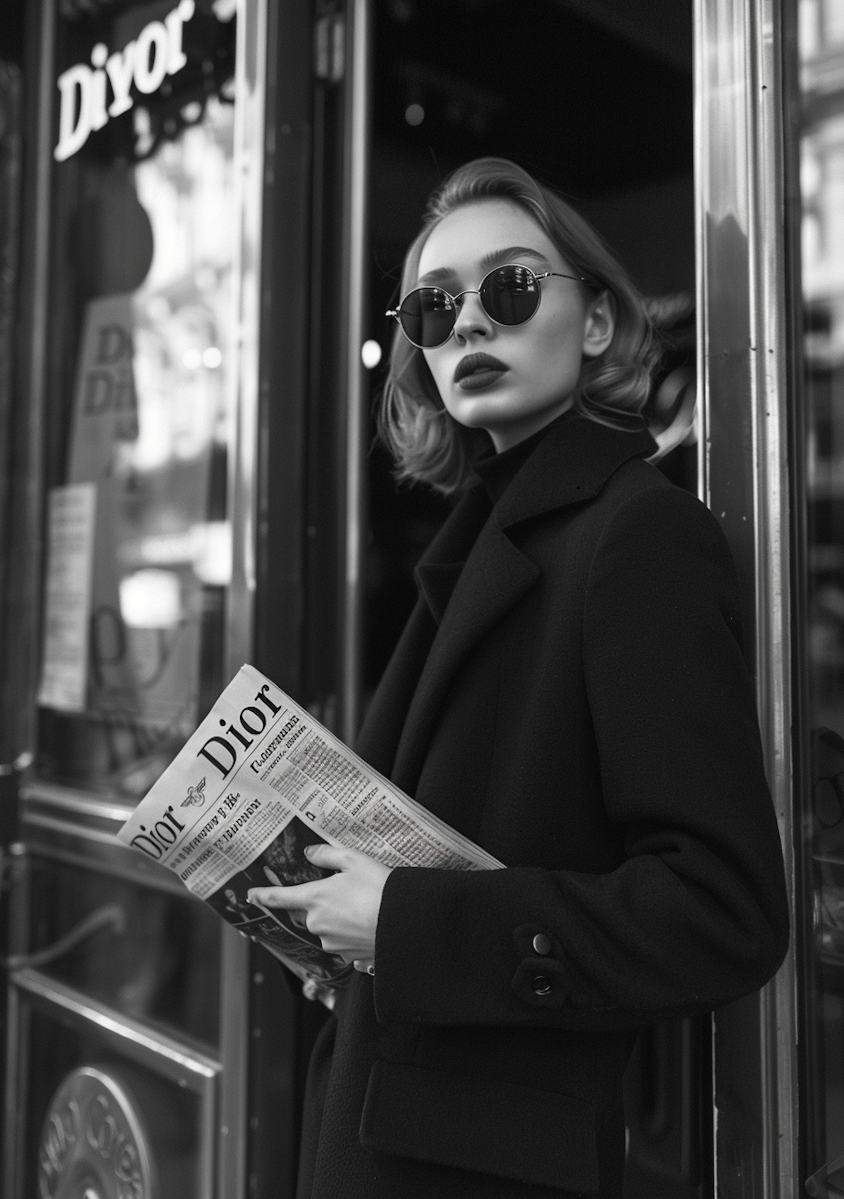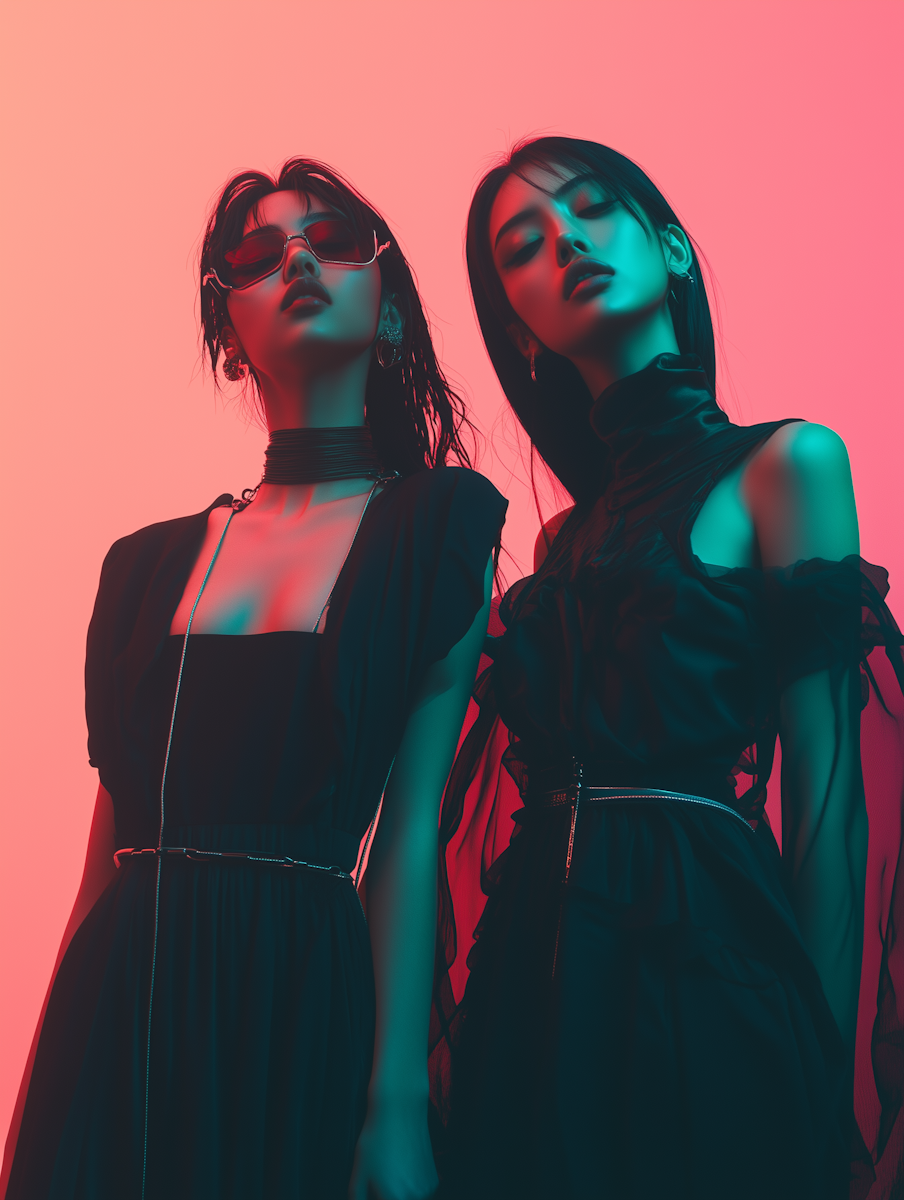Table of Contents
Leading the Charge Toward Sustainable Style
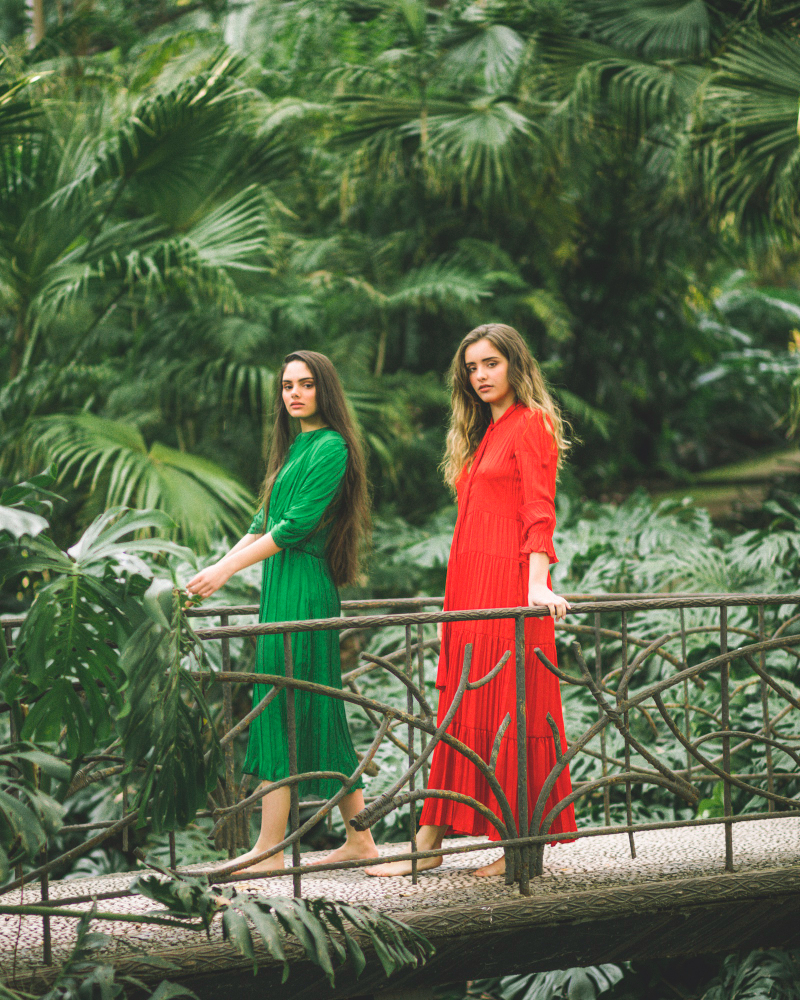
As climate consciousness continues to rise, fashion lovers around the world are demanding more from their favorite labels. Today, it’s not just about style and comfort—consumers want brands that care about people, the planet, and ethical production. That’s why we’ve rounded up the Green Fashion Brands of the Year—those setting the standard for sustainable fashion in 2025.
From cutting-edge materials to circular design models and fair labor practices, these brands prove that fashion can be beautiful and responsible at the same time.
What Makes a Fashion Brand “Green”?
Before we dive into our list of the Green Fashion Brands of the Year, it’s important to understand what defines a brand as truly sustainable. A green fashion brand typically:
- Uses organic, recycled, or biodegradable materials
- Embraces slow fashion practices (less production, better quality)
- Maintains ethical labor and fair wages
- Prioritizes eco-conscious packaging and shipping
- Supports transparency in their sourcing and impact
These standards are essential in determining which brands truly walk the talk in the world of ethical fashion.
Green Fashion Brands of the Year
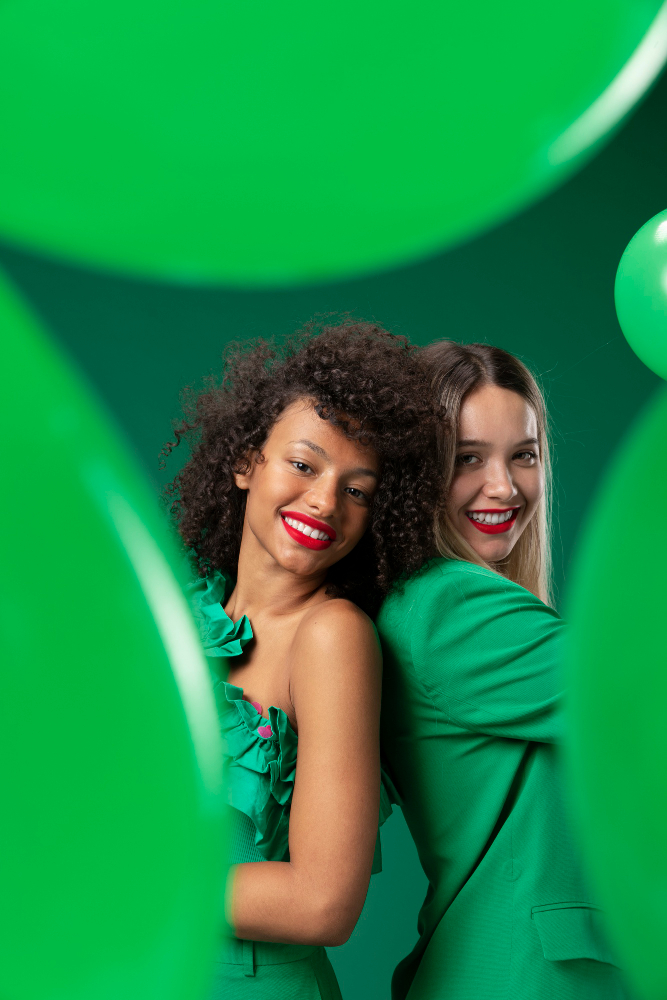
Here are the top sustainable fashion labels that made a strong impact this year:
1. Patagonia
A pioneer in eco-conscious gear and clothing, Patagonia continues to lead with recycled materials, fair trade practices, and environmental activism. Their Worn Wear program encourages consumers to buy used, repair old clothes, and reduce waste.
2. Reformation
With stylish designs and a strong commitment to carbon neutrality, Reformation uses eco-friendly fabrics and publishes sustainability reports. Their transparent manufacturing and water-saving practices make them a clear choice among the Green Fashion Brands of the Year.
3. Eileen Fisher
Eileen Fisher’s commitment to ethical production, regenerative agriculture, and a circular model (including take-back programs) has set a gold standard in responsible fashion.
4. People Tree
This UK-based label is one of the first to be Fair Trade Certified. With organic cotton and traditional handcrafting methods, People Tree represents the best of ethical fashion while empowering artisans globally.
5. PANGAIA
A tech-driven brand, PANGAIA combines fashion and innovation with plant-based fabrics, biodegradable packaging, and lab-grown materials. They’re pushing the boundaries of what sustainable fashion looks like in the future.
6. Veja
Known for its minimalist sneakers, Veja focuses on transparency and uses wild rubber from the Amazon, organic cotton, and recycled plastic. It’s one of the most talked-about Green Fashion Brands of the Year in the footwear space.
7. Stella McCartney
A true pioneer in luxury sustainable fashion, Stella McCartney continues to revolutionize high fashion with vegan materials and cruelty-free alternatives.
8. Amour Vert
This California brand plants a tree for every tee sold. Amour Vert uses non-toxic dyes, sustainable fabrics, and localized production to keep their footprint light.
9. Tentree
For every item purchased, Tentree plants—yes—10 trees. With ethical factories and sustainable fabrics, they combine casual wear with environmental action.
10. Girlfriend Collective
Inclusivity and sustainability define this activewear brand. Their pieces are made from recycled water bottles and fishing nets, and they maintain full transparency across their supply chain.
Why These Brands Matter
Highlighting the Green Fashion Brands of the Year isn’t just a celebration of sustainability—it’s a call to action. When you support these brands, you’re supporting:
- Ethical labor
- Waste reduction
- Low-impact production
- Climate-conscious choices
These companies are shaping the future of fashion and showing the world that sustainability and style are not mutually exclusive.
5 Frequently Asked Questions (FAQ)
Q1: What are the most eco-friendly materials used by these green fashion brands?
A: Some of the most sustainable materials include organic cotton, hemp, Tencel (Lyocell), recycled polyester, and bamboo. These materials are renewable, biodegradable, and often use less water and energy to produce.
Q2: Are green fashion brands more expensive than regular brands?
A: Often yes—but for good reasons. Ethical production, fair wages, and high-quality sustainable materials increase costs. However, the durability of the clothing means better value long term.
Q3: How can I be sure a brand is truly sustainable?
A: Look for third-party certifications like GOTS, OEKO-TEX, Fair Trade, and B Corp. Also, review the brand’s transparency in sourcing, labor practices, and environmental goals.
Q4: What’s the difference between green fashion and slow fashion?
A: Green fashion focuses on environmental sustainability, while slow fashion emphasizes ethical production and resisting overconsumption. Most of the Green Fashion Brands of the Year practice both.
Q5: Can small brands be part of the green fashion movement?
A: Absolutely! Many small brands are even more transparent and committed to sustainability. Supporting these businesses can have a big impact on local economies and the planet.
Final Thoughts
As consumers, we hold the power to shift the fashion industry toward a more ethical and eco-conscious future. The Green Fashion Brands of the Year prove that sustainability and style can go hand-in-hand. Whether you’re building a new wardrobe or upgrading one piece at a time, choosing to support these brands is a fashionable and forward-thinking decision.
Let your clothing be a reflection not only of your style—but also of your values.

